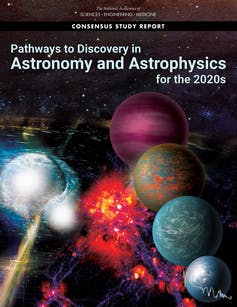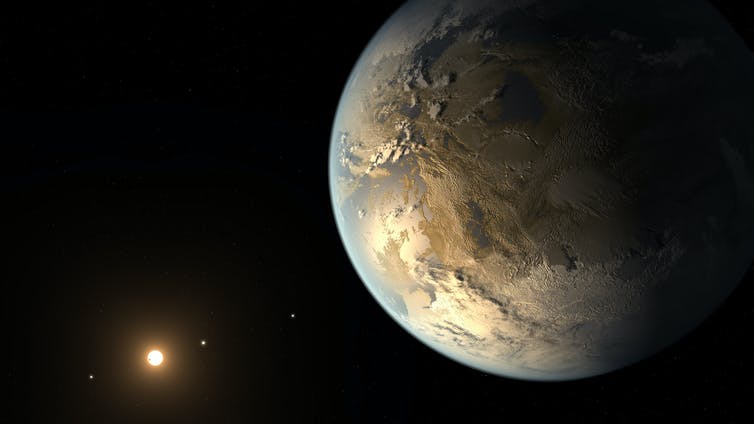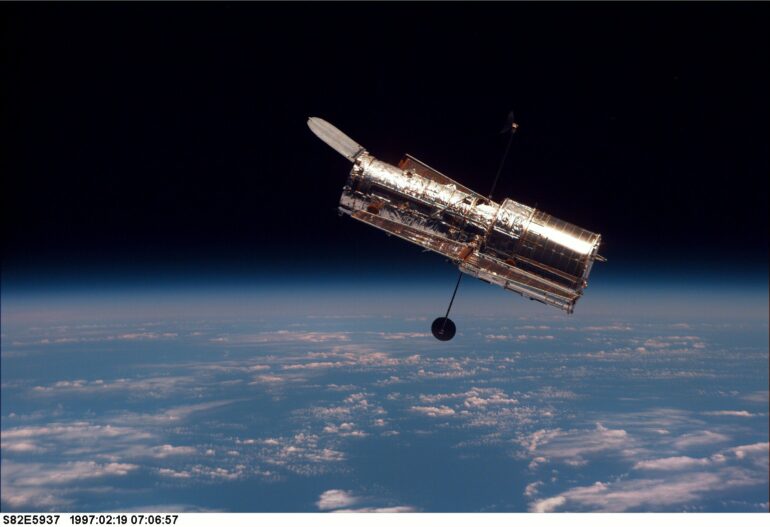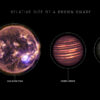It takes expensive tools to learn about the universe, but projects like the Very Large Array for radio astronomy in New Mexico and the Chandra X-ray Observatory, which orbits Earth, have pushed scientific knowledge forward in ways that would not have been possible without these instruments. Every 10 years, astronomers and astrophysicists outline priorities for the hardware they need in the decadal survey on astronomy and astrophysics. The newest version of the survey was published by the National Academies of Sciences, Engineering and Medicine in late 2021, and debates about funding are in full swing for the next fiscal year.
I’m a professor of astronomy whose research has depended on facilities and equipment built after a recommendation in one of these decadal surveys, and I was involved in the previous survey, published in 2010.
The most recent wish list is full of fascinating projects, and it will be exciting to see which get funded and what research will come from them.
A meeting of the minds

The new report sets detailed goals for the next decade and beyond for astronomy and astrophysics research.
National Academies of Science, Engineering and Medicine
Every 10 years since the 1960s, U.S. astronomers and astrophysicists have gathered to create a priority list for new facilities and instruments.
The decadal survey of astronomers is influential because it forces everyone to be on the same page and make hard choices. It has to temper ambition with realism, but when astronomers and astrophysicists from the many subfields all work together, they come up with ideas that advance the whole field.
The most recent report is titled “Pathways to Discovery in Astronomy and Astrophysics for the 2020s.” It’s directed at Congress and the three federal agencies that fund most astronomical research: NASA, the National Science Foundation and the Department of Energy. Billions of dollars are at stake.
Producing the reports is a massive undertaking, involving 20 people on the main committee and over 1,000 contributing to the final report. The committee reviewed 573 white papers all arguing for specific projects and astronomical capabilities. The finished report runs 615 pages, and it’s not light reading.
This approach works. Some of NASA’s most ambitious and fruitful scientific missions – like the Hubble and James Webb space telescopes – were proposed in and funded through decadal surveys.

Gaining better knowledge of planets outside the solar system – and searching them for signs of life – is a major goal the research community listed in the report.
NASA Ames/SETI Institute/JPL-Caltech via Wikimedia Commons
Big science
The committee identified 24 key science questions for the next generation of astronomy. These fall into three major themes that are science at the biggest scale, and the facilities on the wish list are designed to address these…



